In our digital age, you'll probably need to use someone else's work as part of a project.
Obtaining permission to use copyright-protected work will help you safely use material without any risk of being sued.
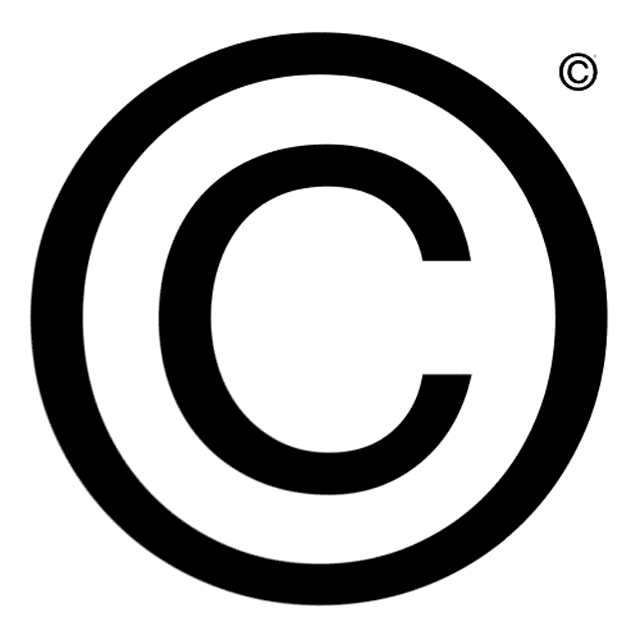
What Is Copyright?
Copyright means:
the creator of the work is the owner of the material they created
the owner has the right to protect their work from being reproduced, redistributed, or transferred without permission

The following works are copyrightable:
literary — books, pamphlets, documents
dramatic — motion picture films, plays, screenplays, scripts
musical — music compositions (with or without words), performances, soundtracks
artistic — paintings, drawings, maps, photographs, sculptures, and plans
other intellectual properties — video games, computer programs, mobile apps
What If The Material Is Not Copyrighted?
If the work you want to use is not copyrighted, then you're in luck! The work is in public domain. This means you can use the work without obtaining permission.
In the USA, a work falls under public domain if :
the copyright term has expired
the work was published before 1923
the owner didn't properly protect the copyright of a work published between 1923 and 1989
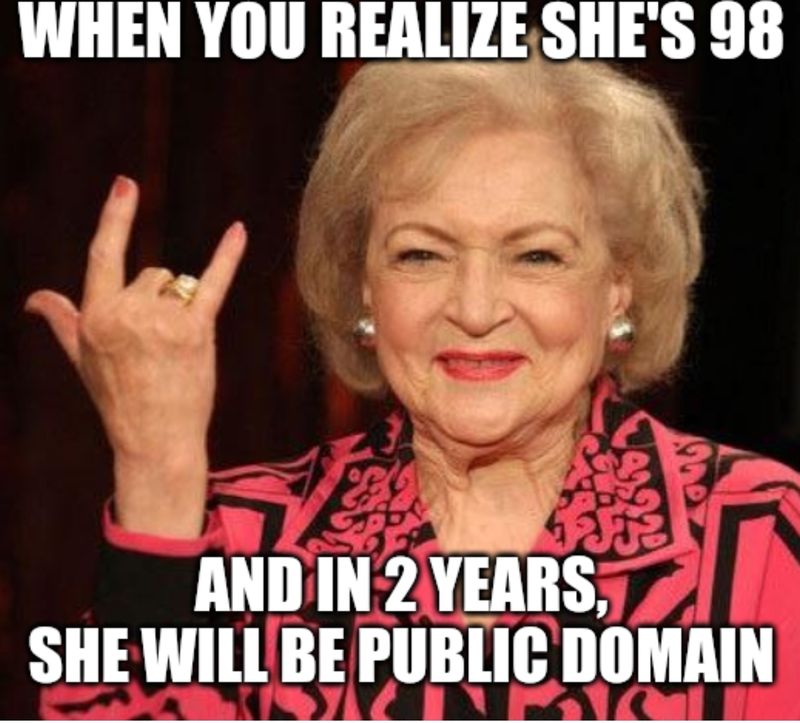
Find The Copyright Notice
You'll need to contact the copyright owner via letter or email to obtain permission to use their work.
The copyright notice contains the details and status of the copyright, as well as the name and contact information of the copyright owner.
To find a copyright notice on a website:
Look for it at the bottom (footer) of the home page or
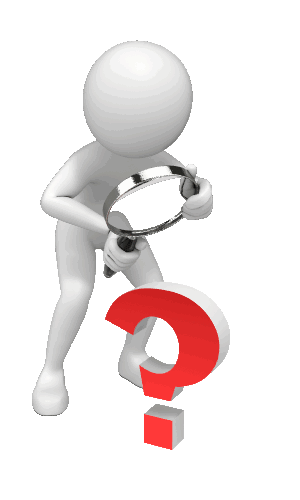
Contact The Copyright Owner
Write a letter or email addressing the copyright owner. Clearly communicate your intentions for using the work, and include necessary details.
your name and contact info
name and nature of your organization and project (non-profit, research, etc.)
title and other details about the work, such as edition or volume number, if applicable
copyright date of the work
exact material to be used, specifying the amount or section(s) of the work to be used
audience to whom the work will be distributed or made available
details about whether the material is to be sold
You can use this template to get started on writing the letter.
But What If I Don't Get Permission?
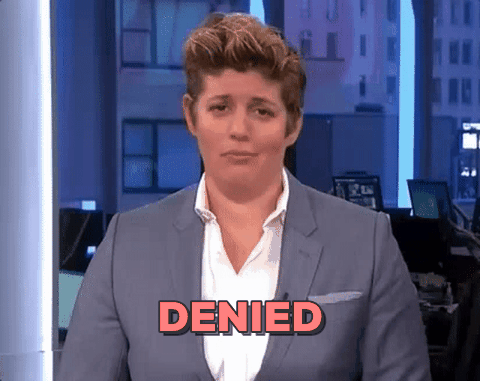
It's not the end of the story! As long as you use the material under fair use, you can continue using the work.
What's fair use?
Fair use means you can use a work without permission from the copyright owner, so long as it's for a limited purpose, such as to:
comment
criticize
parody
teach
research
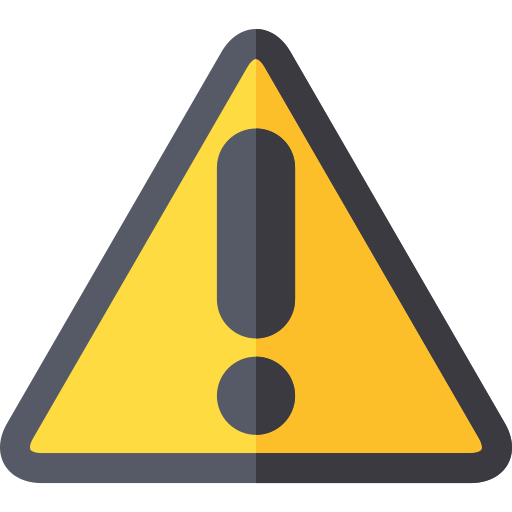 Fair use is a guideline rather than a rule.
Fair use is a guideline rather than a rule.
If the copyright owner decides to sue you for copyright infringement, it's up to the court to decide if you're following fair use or not.

Creative Commons
Creative Commons is a non-profit organization that helps address global challenges by overcoming legal obstacles to the sharing of knowledge and creativity.
It provides Creative Commons Licence so that every person and organization in the world:
has a free, simple, and standardized way to grant copyright permissions for creative and academic works
can ensure proper attribution
allow others to copy and distribute
If a work has a Creative Commons Licence, you can use it as long as you follow the specific conditions the owner grants you.
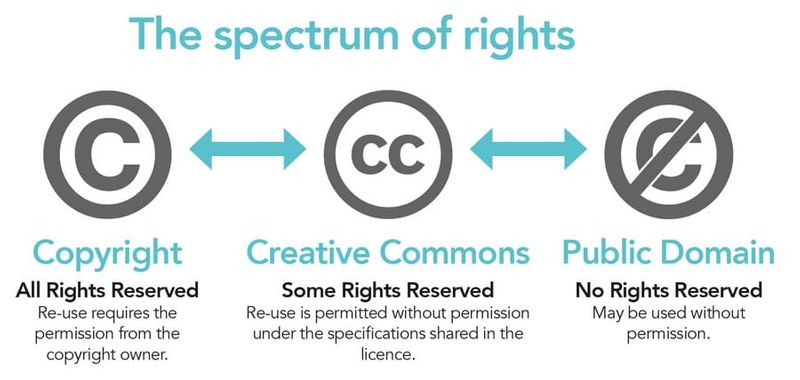
Scenario: Alexandra & The Youtube Clip
Alexandra is a high school teacher. She's creating a free online coursebook for her students to use this semester.
She finds a video clip on Youtube that would be perfect for an upcoming lesson.
There's no information about whether she can use the clip or not.
Quiz
What should she do?
Take Action
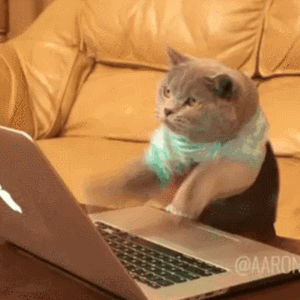
Before you use someone else's work:
Your feedback matters to us.
This Byte helped me better understand the topic.
